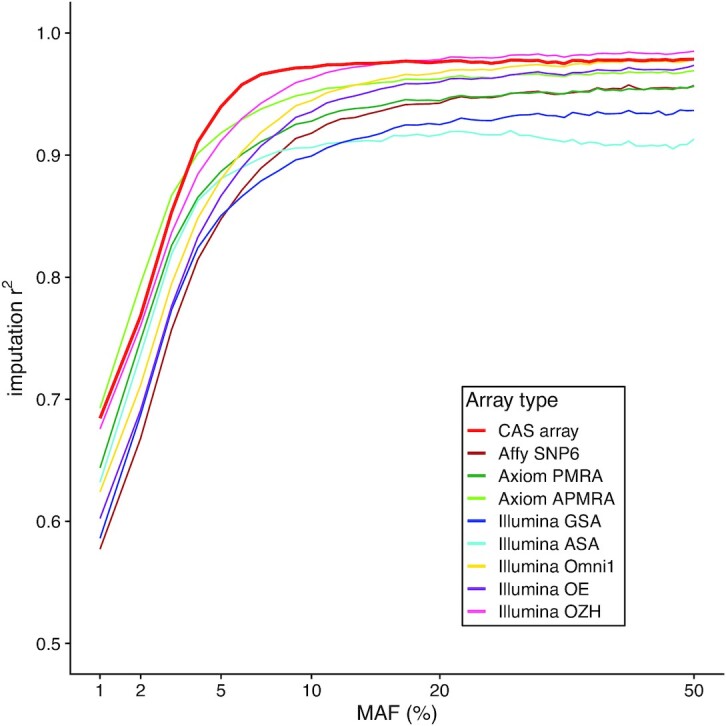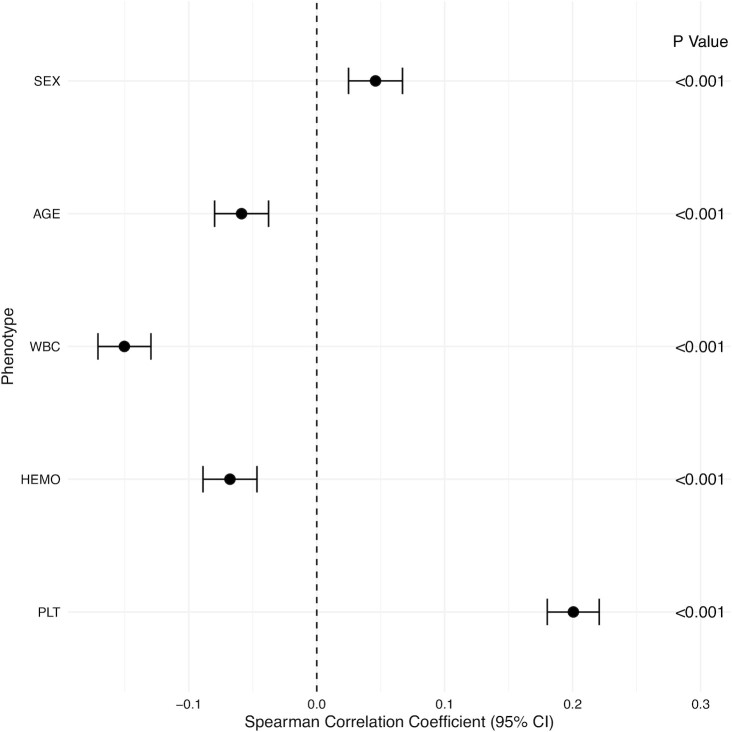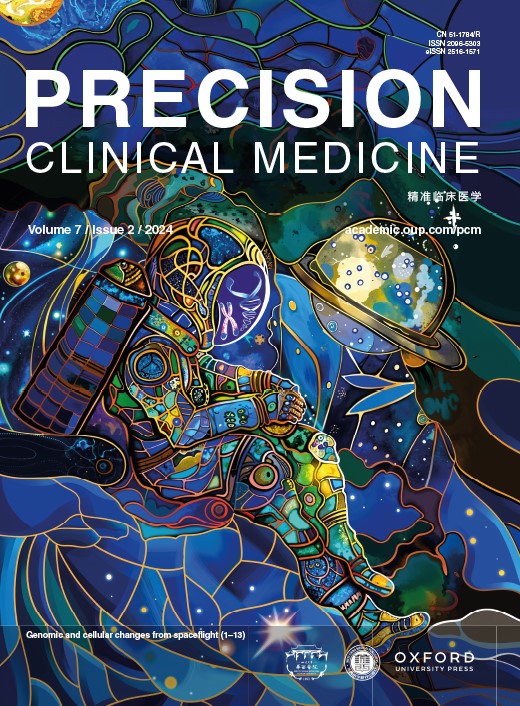CAS阵列:中国生物库基因分型阵列的设计与评价。
IF 5
4区 医学
Q1 MEDICINE, RESEARCH & EXPERIMENTAL
引用次数: 2
摘要
背景:慢性疾病正成为中国老龄化人口面临的严峻挑战。具有广泛基因组和环境数据的生物库为阐明其病因背后复杂的基因-环境相互作用提供了机会。全基因组分型阵列仍然是大规模基因组数据收集的有效方法。然而,大多数商业阵列在中国人口中降低了生物银行的性能。材料与方法:以2641名中国人的深度全基因组测序数据为参考,开发了面向精准医疗的定制化基因分型阵列CAS。通过比较384个个体的数据来评估该阵列和全基因组测序。通过在10162名中国老年人中检验其与既定协变量的关联,验证了其线粒体拷贝数估计能力。结果:CAS阵列采用成熟的Axiom技术,仅限于652 429个单核苷酸多态性(SNP)标记。其调用率为99.79%,一致性率为99.89%,均高于商用阵列。其基于假设的基因组覆盖率为常见SNP达到98.3%,低频SNP达到63.0%,均可与具有更大SNP容量的商用阵列相比较。在验证其线粒体拷贝数估计值后,我们开发了一个公开可用的软件工具来促进阵列效用。结论:基于基因组科学的最新进展,我们设计并实现了一种高通量、低成本的基因分型阵列。对于大规模的中国生物银行来说,它比商业阵列更具成本效益。本文章由计算机程序翻译,如有差异,请以英文原文为准。


CAS Array: design and assessment of a genotyping array for Chinese biobanking.
Abstract Background Chronic diseases are becoming a critical challenge to the aging Chinese population. Biobanks with extensive genomic and environmental data offer opportunities to elucidate the complex gene–environment interactions underlying their aetiology. Genome-wide genotyping array remains an efficient approach for large-scale genomic data collection. However, most commercial arrays have reduced performance for biobanking in the Chinese population. Materials and methods Deep whole-genome sequencing data from 2 641 Chinese individuals were used as a reference to develop the CAS array, a custom-designed genotyping array for precision medicine. Evaluation of the array was performed by comparing data from 384 individuals assayed both by the array and whole-genome sequencing. Validation of its mitochondrial copy number estimating capacity was conducted by examining its association with established covariates among 10 162 Chinese elderly. Results The CAS Array adopts the proven Axiom technology and is restricted to 652 429 single-nucleotide polymorphism (SNP) markers. Its call rate of 99.79% and concordance rate of 99.89% are both higher than for commercial arrays. Its imputation-based genome coverage reached 98.3% for common SNPs and 63.0% for low-frequency SNPs, both comparable to commercial arrays with larger SNP capacity. After validating its mitochondrial copy number estimates, we developed a publicly available software tool to facilitate the array utility. Conclusion Based on recent advances in genomic science, we designed and implemented a high-throughput and low-cost genotyping array. It is more cost-effective than commercial arrays for large-scale Chinese biobanking.
求助全文
通过发布文献求助,成功后即可免费获取论文全文。
去求助
来源期刊

Precision Clinical Medicine
MEDICINE, RESEARCH & EXPERIMENTAL-
CiteScore
10.80
自引率
0.00%
发文量
26
审稿时长
5 weeks
期刊介绍:
Precision Clinical Medicine (PCM) is an international, peer-reviewed, open access journal that provides timely publication of original research articles, case reports, reviews, editorials, and perspectives across the spectrum of precision medicine. The journal's mission is to deliver new theories, methods, and evidence that enhance disease diagnosis, treatment, prevention, and prognosis, thereby establishing a vital communication platform for clinicians and researchers that has the potential to transform medical practice. PCM encompasses all facets of precision medicine, which involves personalized approaches to diagnosis, treatment, and prevention, tailored to individual patients or patient subgroups based on their unique genetic, phenotypic, or psychosocial profiles. The clinical conditions addressed by the journal include a wide range of areas such as cancer, infectious diseases, inherited diseases, complex diseases, and rare diseases.
 求助内容:
求助内容: 应助结果提醒方式:
应助结果提醒方式:


